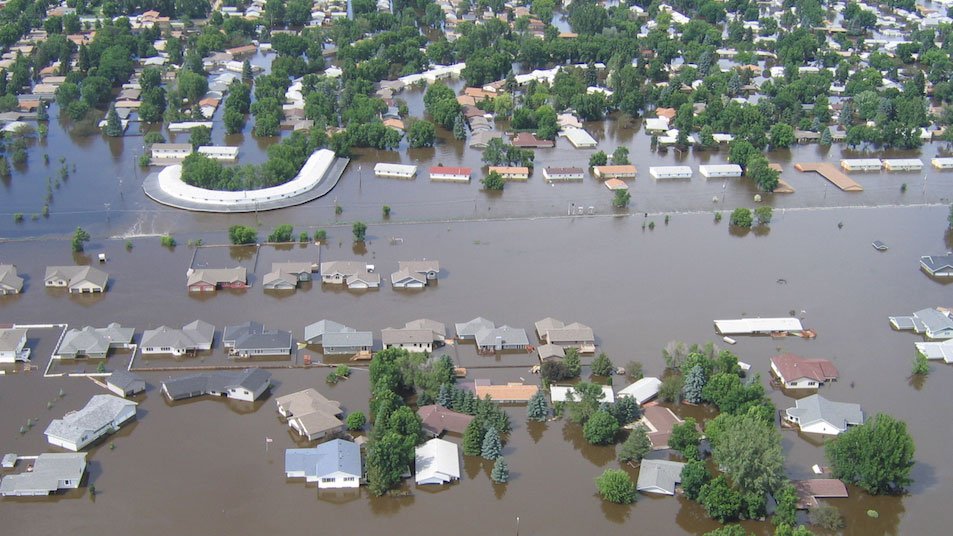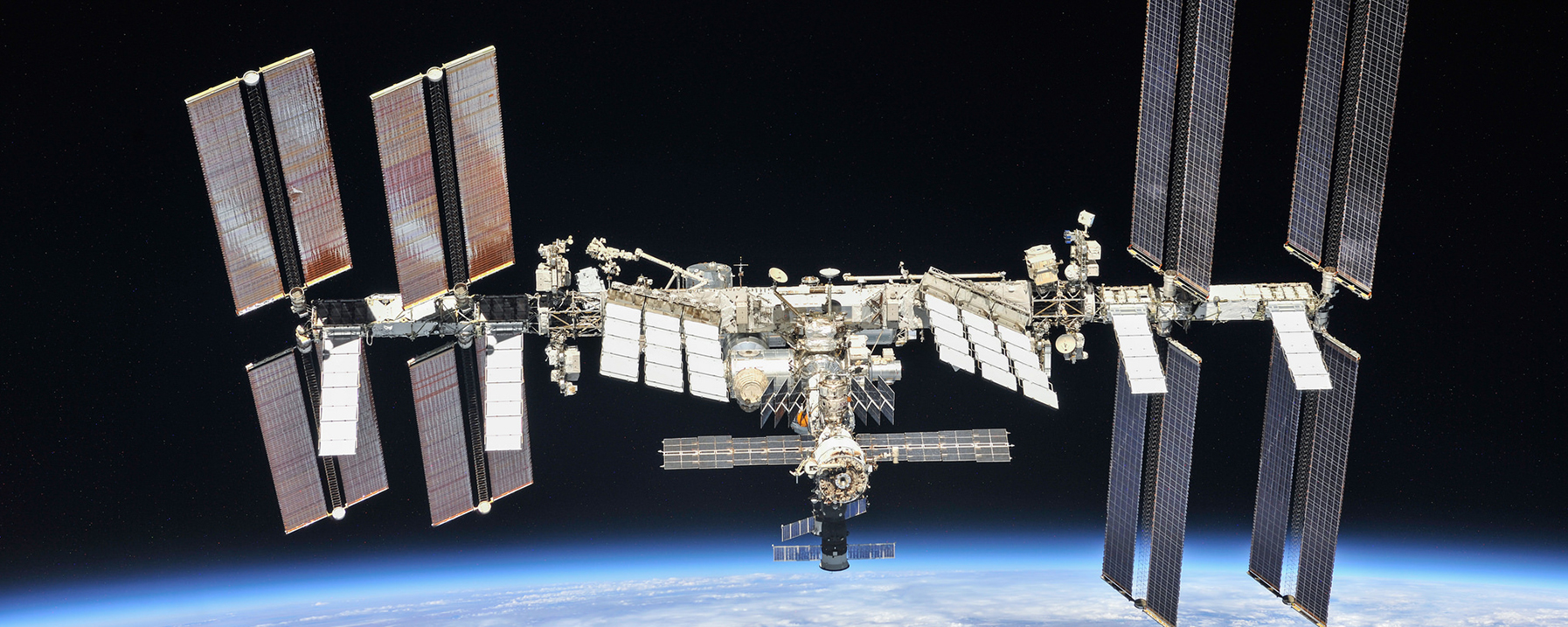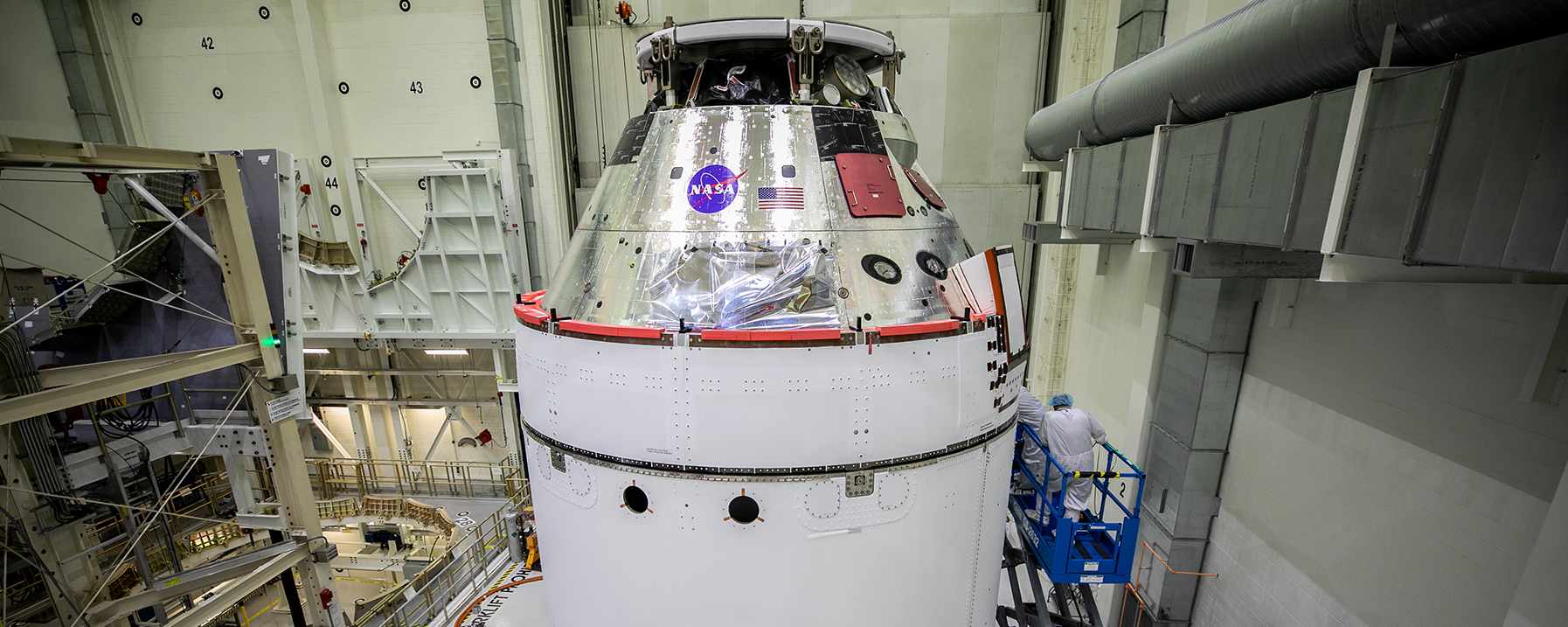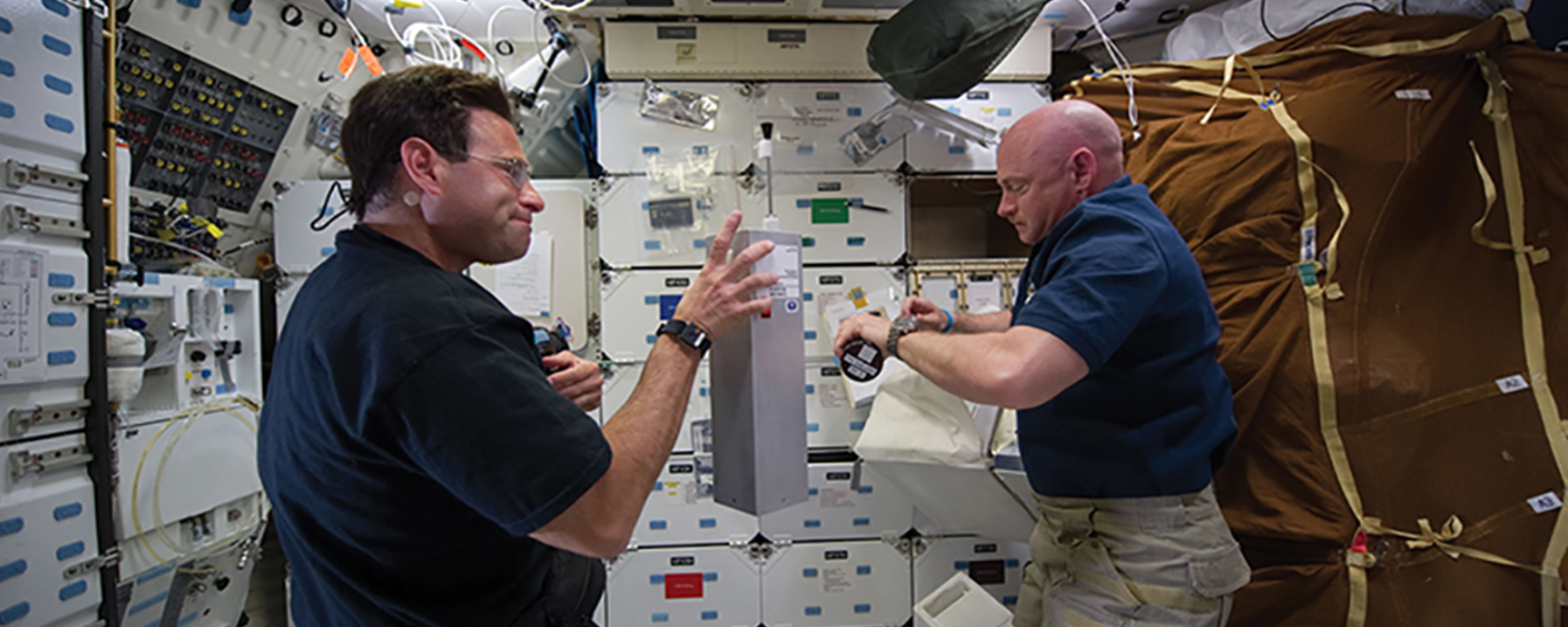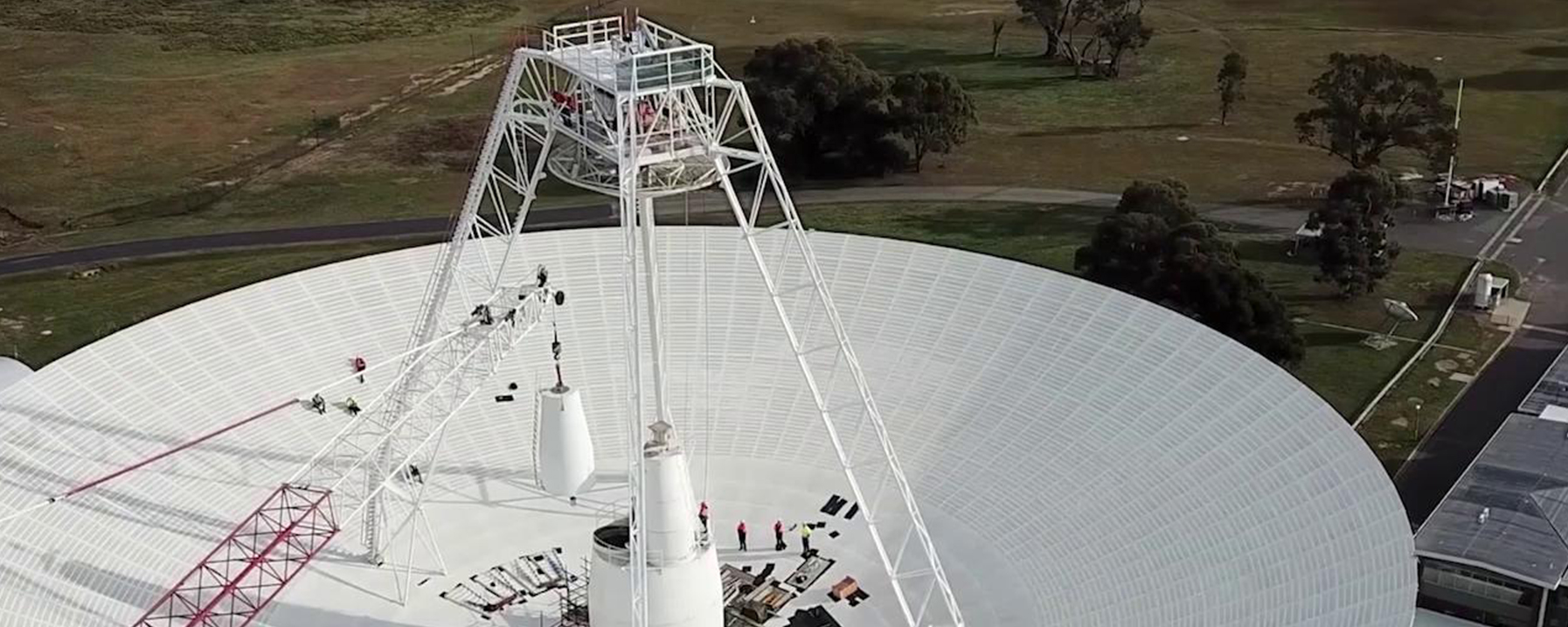Assessing The Habitability Of Planets Around Old Red Dwarfs
Planets orbiting close to the most abundant and longest-lasting stars in the Milky Way galaxy may be less hospitable to life than previously thought. Young red dwarfs, with ages less than a few billion years, are known as strong sources of high-energy radiation, including blasts of ultraviolet light and X-rays. However, scientists know less about how much damaging radiation red dwarfs give off later in their lifetimes.
Backbone for Science: 20 Years On, International Space Station Structures Managed by Marshall Still Soar
NASA is marking 20 years of continuous crew operations aboard the International Space Station. The orbiting lab is comprised of a 360-foot integrated “backbone” truss structure, four sets of 112-foot-long solar arrays, and 16 pressurized modules containing crew living quarters and state-of-the-art laboratories.
Orion is ‘Fairing’ Well, Moving Ahead Toward Artemis I
Three spacecraft adapter jettison fairing panels have been fitted onto Orion’s European Service Module as production accelerates inside the Neil Armstrong Operations and Checkout Building at NASA’s Kennedy Space Center in Florida. Teams from across the globe recently completed work to install the four solar array wings, which are housed inside the protective covering of the fairings.
20 Years on Station Lead to Advances on Earth
Throughout its 20 years of continuous habitation, the International Space Station has enabled great strides in scientific research. But in addition to this knowledge gained, technologies developed for and aboard the orbiting platform have benefited people on the ground, from improving workouts to helping get a good night’s sleep.
NASA Contacts Voyager 2 Using Upgraded Deep Space Network
On Oct. 29, mission operators sent a series of commands to NASA’s Voyager 2 spacecraft for the first time since mid-March. The spacecraft has been flying solo while the 230-foot-wide radio antenna used to talk to it has been offline for repairs and upgrades. Voyager 2 returned a signal confirming it had received the “call” and executed the commands without issue.
For more information or to learn about other happenings at NASA’s Marshall Space Flight Center, visit NASA Marshall. For past issues of the ICYMI newsletter, click here.






